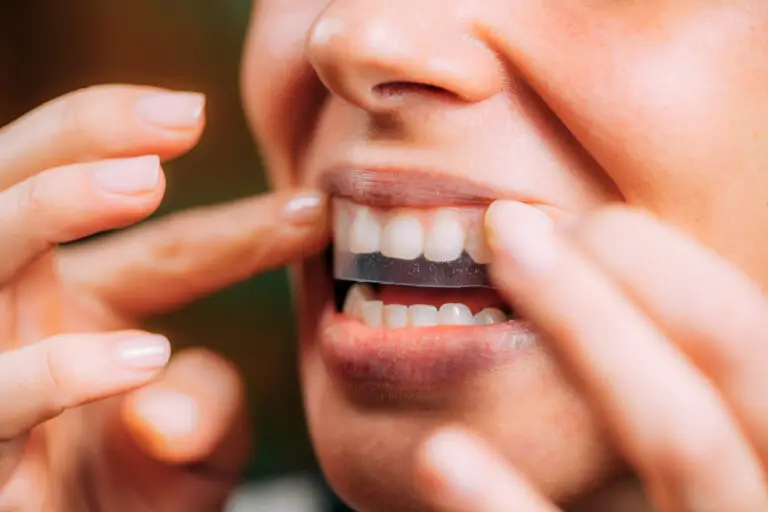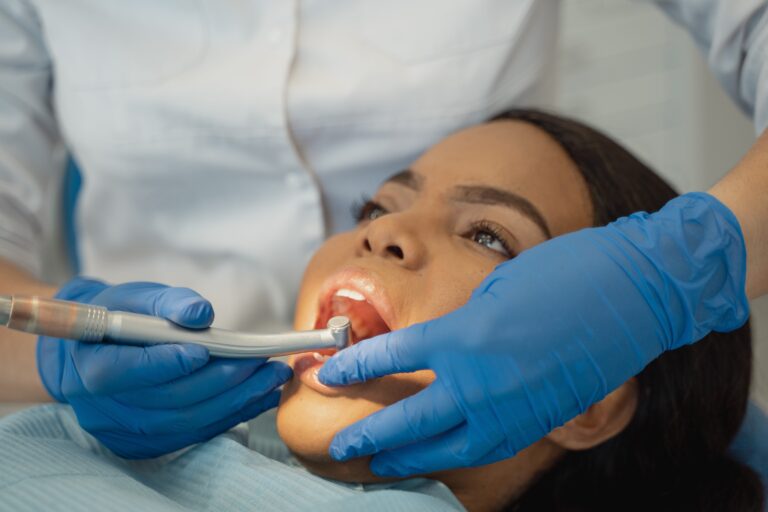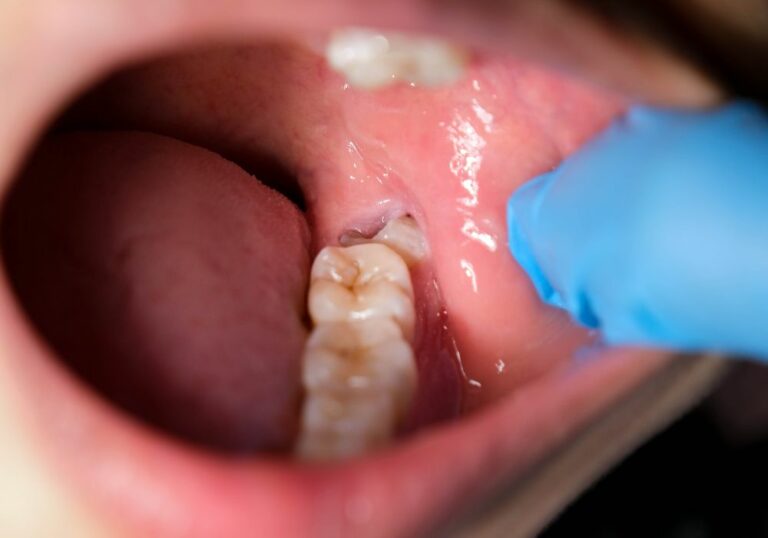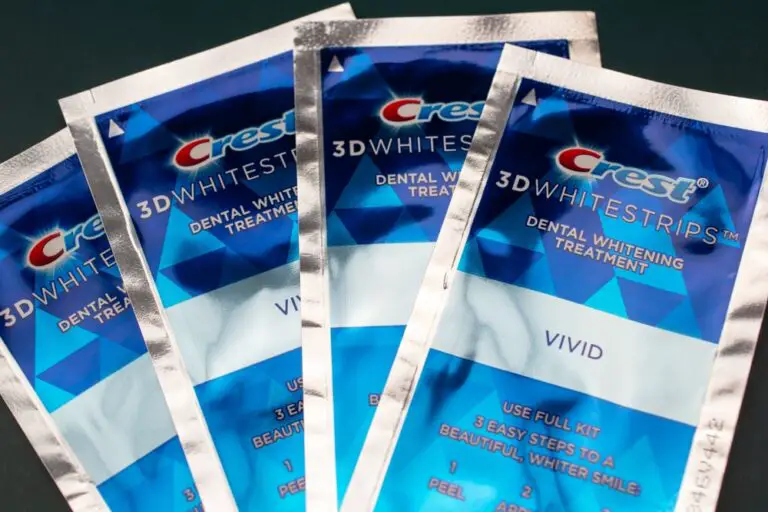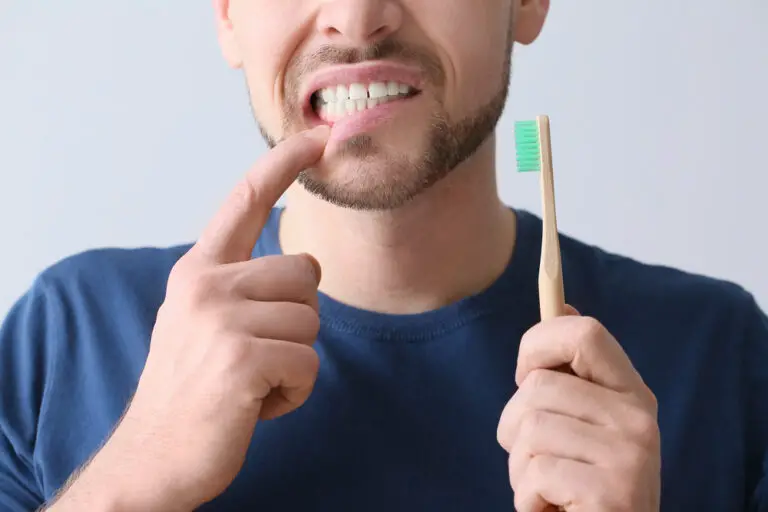Are you curious about which herbivores have canine teeth? You might be surprised to learn that not all animals with canine teeth are carnivores. In fact, many herbivores have canine teeth that serve a different purpose than those of carnivorous animals.
One example of a herbivore with canine teeth is the hippopotamus. Despite being a plant-eater, the hippo has the largest canine teeth of any land mammal. These teeth can reach up to 16 inches in length and are used for territorial battles rather than for hunting or eating. Similarly, some species of deer have long, pointed canine teeth that are used for defense against predators.
While most herbivores do not have large, prominent canine teeth, many still have smaller, more specialized teeth that help them to efficiently process their plant-based diets. For example, gorillas have large, sharp canine teeth that are used for biting and tearing tough vegetation, while their molars are flat and broad for grinding leaves and stems. Understanding the dental anatomy of herbivores can provide insight into their dietary habits and adaptations for survival.
Understanding Herbivores and Their Dental Structure
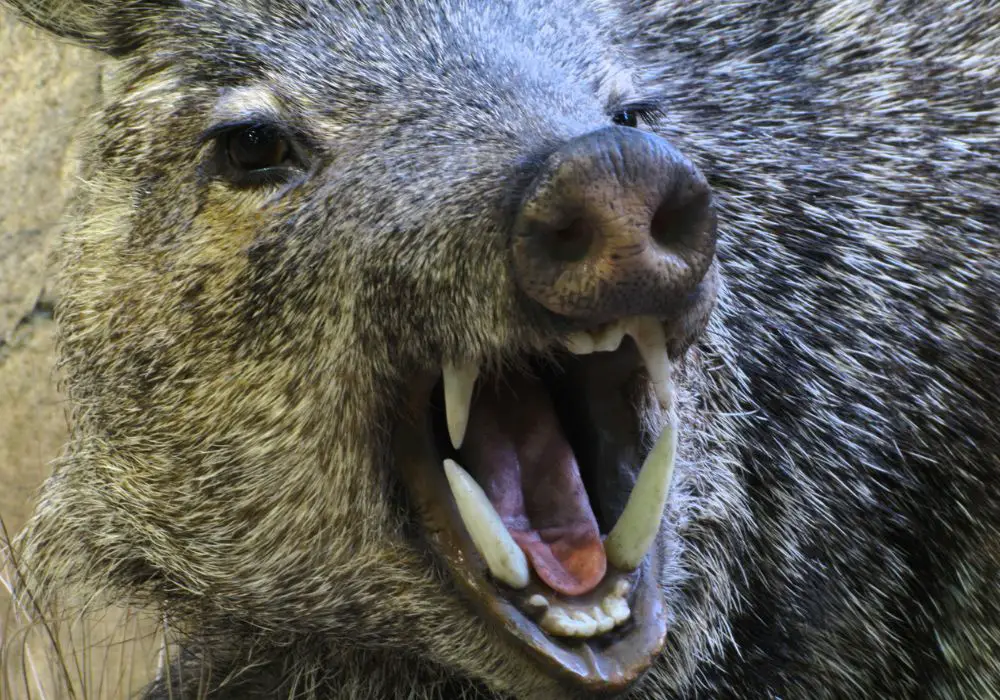
As you may already know, herbivores are animals that primarily consume plants. Unlike carnivores, which have teeth designed to tear through the flesh of other animals, herbivores have teeth explicitly made for eating and processing plants.
Herbivores have a unique dental structure that allows them to break down tough plant material. Their teeth are designed to grind, crush, and shred plant material, making it easier to digest. The dental structure of herbivores includes:
- Incisors: These are the teeth at the front of the mouth, used for biting off pieces of plants.
- Canines: Although herbivores do not have prominent canine teeth, some species such as deer and boars have long, sharp canines that they use for defense or to fend off predators.
- Premolars: These teeth are located between the canines and molars and are used for grinding and shearing food.
- Molars: These are the teeth at the back of the mouth and are used for grinding and crushing plant material.
It’s important to note that not all herbivores have the same dental structure. Some herbivores have more specialized teeth than others, depending on their diet. For example:
- Grazing herbivores, such as cows and sheep, have broad, flat molars that are perfect for grinding down tough, fibrous grasses.
- Browsers, such as deer and giraffes, have teeth that are adapted for stripping leaves and twigs from branches.
- Folivores, such as sloths and koalas, have sharp, curved incisors that are perfect for cutting through tough leaves.
In conclusion, herbivores have a unique dental structure that is specifically designed for their plant-based diet. Understanding the dental structure of herbivores can help us better appreciate the diversity of life on our planet.
Herbivores with Canine Teeth
While it is generally believed that only carnivores have canine teeth, there are some herbivores that possess them as well. Here are a few examples of herbivores with canine teeth:
Musk Deer
Musk deer are small, solitary deer that are native to Asia. They are known for their strong, musky odor, which is produced by a gland located near their genitals. Musk deer have long, curved canine teeth that protrude from their mouths, which they use for self-defense and for fighting with other males during the breeding season.
Chinese Water Deer
Chinese water deer are also native to Asia, and they are known for their distinctive tusks, which are actually elongated canine teeth. These teeth can grow up to 2 inches long in males, and they are used for fighting during the breeding season. Chinese water deer are also unique in that they do not have antlers.
Peccary
Peccaries are pig-like mammals that are found in Central and South America. They have short, curved canine teeth that are used for self-defense and for fighting with other peccaries. Peccaries are social animals and live in large groups called herds.
Camel
Camels are known for their ability to survive in harsh desert environments, and they also have unique teeth. Camels have long, curved canine teeth that are used for fighting with other camels during the breeding season. They also have a split upper lip that allows them to eat thorny desert plants without injuring their mouths.
While these herbivores have canine teeth, it is important to note that they primarily eat plant material and are not considered carnivores. Canine teeth are not exclusive to carnivores and can serve a variety of purposes in the animal kingdom.
Role of Canine Teeth in Herbivores
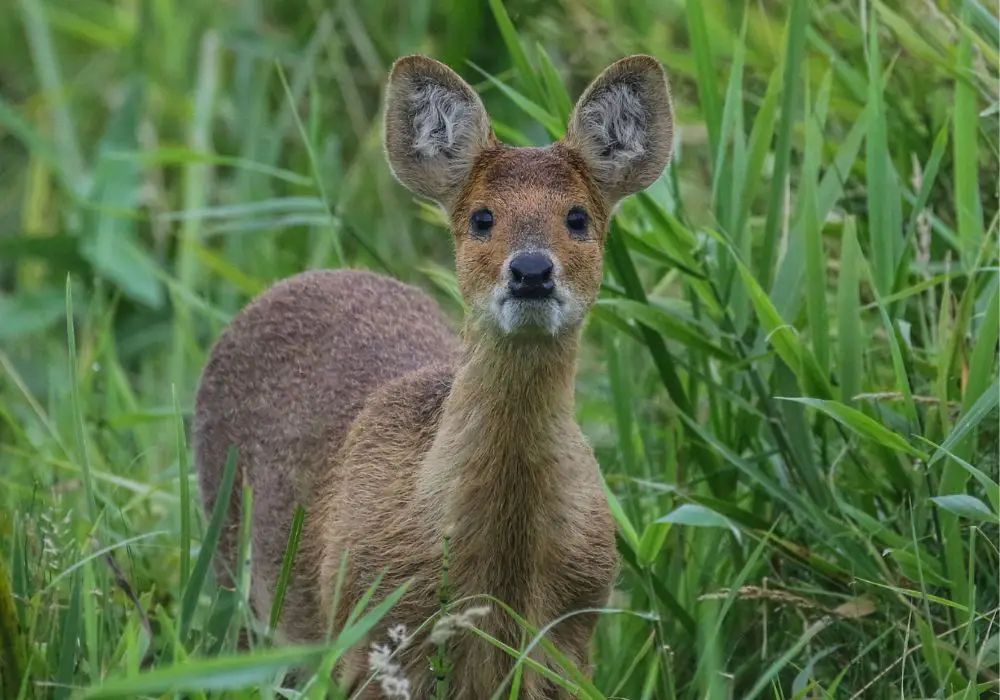
Herbivores are animals that feed on plants, and they have evolved teeth that are specially adapted to help them grind and chew tough plant material. However, some herbivores also have canine teeth, which are typically associated with carnivores. You might wonder why herbivores have canine teeth, and what their role is in these animals.
Canine teeth are long, pointed teeth that are used for tearing and puncturing flesh. In carnivores, these teeth are essential for capturing and killing prey, as well as tearing flesh and breaking bones. However, in herbivores, the role of canine teeth is somewhat different.
In herbivores, canine teeth are typically much smaller and less prominent than in carnivores. They are not used for tearing or puncturing flesh, but instead serve a different purpose. Canine teeth in herbivores are typically used for defense, display, or social interactions.
For example, in some herbivores, such as deer, male individuals have larger and more prominent canine teeth than females. These teeth are used during mating season to establish dominance and intimidate rivals. In other herbivores, such as hippos, canine teeth are used for defense, and can be used to inflict serious injuries on predators or other threats.
Overall, the role of canine teeth in herbivores is not as straightforward as it is in carnivores. While these teeth are not used for hunting or killing prey, they still play an important role in the lives of these animals. Whether used for defense, display, or social interactions, canine teeth are just one of the many adaptations that help herbivores survive and thrive in their habitats.
Evolutionary Aspects of Canine Teeth in Herbivores
Canine teeth are typically associated with carnivorous animals, but some herbivores also possess these teeth. Canine teeth are usually long and pointed, and they are used for gripping and tearing flesh. In herbivores, these teeth are often used for defense, display, or other non-carnivorous purposes.
The evolution of canine teeth in herbivores is a complex topic that has been studied by scientists for many years. One theory suggests that these teeth evolved as a result of sexual selection. Male herbivores with larger and more impressive canine teeth were more attractive to females and had a better chance of mating. Over time, this led to the development of larger and more prominent canine teeth in certain species.
Another theory suggests that herbivores with canine teeth evolved as a result of their diet. Some herbivores, such as deer and antelope, use their canine teeth to break off branches and twigs for food. These teeth are also used for self-defense against predators.
However, not all herbivores have canine teeth. Some species, such as cows and horses, have completely lost these teeth over time. This is likely due to the fact that their diet consists mainly of grass and other soft vegetation, which does not require the use of canine teeth.
Overall, the evolution of canine teeth in herbivores is a fascinating topic that continues to be studied by scientists today. While the exact reasons for their development may be unclear, it is clear that these teeth serve important functions in certain species and have played a significant role in the evolution of herbivorous animals.
Misconceptions About Herbivores and Canine Teeth
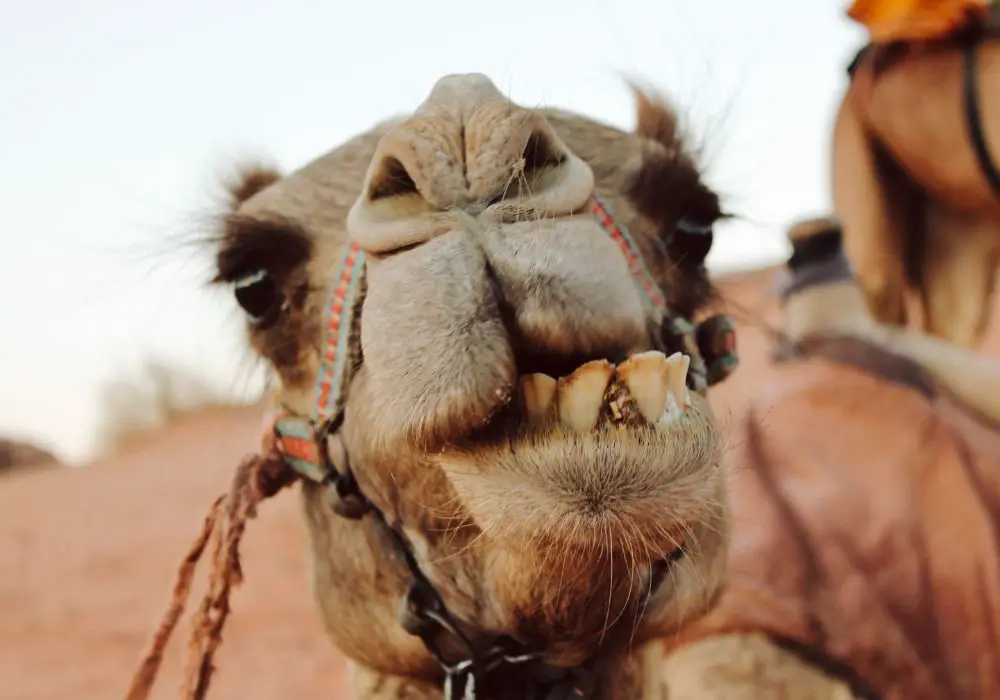
When you think of animals with canine teeth, you probably picture a fierce predator like a lion or a wolf. However, you might be surprised to learn that some herbivores also have canine teeth. This can be confusing, as it goes against our traditional understanding of what herbivores and carnivores are.
One common misconception is that all herbivores have flat teeth that are only good for grinding up plants. While it’s true that many herbivores do have flat teeth, some also have sharp, pointed canine teeth. For example, gorillas have large, sharp canine teeth that they use to defend themselves against predators and to establish dominance within their social groups.
Another misconception is that all animals with canine teeth are carnivores. While it’s true that many carnivores have large, sharp canine teeth, not all animals with canine teeth are meat-eaters. In fact, some herbivores have canine teeth that are specially adapted for their plant-based diet.
For example, horses have canine teeth that are used for biting and tearing tough plant material. These teeth are called “tushes” and are located behind the incisors in the front of the horse’s mouth. Similarly, some species of deer have long, pointed canine teeth that they use to defend themselves against predators and to establish dominance within their social groups.
Overall, it’s important to remember that not all herbivores have flat teeth, and not all animals with canine teeth are carnivores. The shape and size of an animal’s teeth are determined by its diet and other factors, such as social behavior and defense mechanisms. By understanding these differences, we can gain a greater appreciation for the diversity of life on our planet.
Frequently Asked Questions
What types of animals have canine teeth?
Canine teeth are typically associated with carnivorous animals, but many herbivores also have them. For example, some herbivorous animals like horses, cows, and deer have small canine teeth.
Are there herbivores with fangs?
Fangs are typically associated with carnivorous animals, but some herbivores like musk deer and water deer have long canine teeth that resemble fangs. However, these teeth are not used for hunting or killing prey like the fangs of carnivorous animals.
Do omnivores have sharp teeth like carnivores or flat teeth like herbivores?
Omnivores have a mixture of sharp and flat teeth. They have sharp teeth for tearing meat and flat teeth for grinding plant material. Humans are an example of omnivores with a mixture of teeth.
How do the teeth of carnivores help them to eat their food?
Carnivores have sharp, pointed teeth that are used for tearing flesh and crushing bones. These teeth are essential for their survival as they allow them to efficiently eat their prey.
What is the dental formula of herbivores, carnivores, and omnivores?
The dental formula refers to the number and arrangement of teeth in an animal’s mouth. Herbivores typically have a dental formula of 3/3, 1/1, 4/4, 3/3, while carnivores have a dental formula of 3/3, 1/1, 3/2, 1/1. Omnivores have a dental formula that is a mixture of both herbivores and carnivores.
What is the difference between the teeth of herbivores and carnivores?
The teeth of herbivores are typically flat and suited for grinding and crushing plant material, while the teeth of carnivores are sharp and pointed for tearing flesh. Additionally, herbivores often have larger molars for grinding plant material, while carnivores have larger canine teeth for catching and killing prey.

